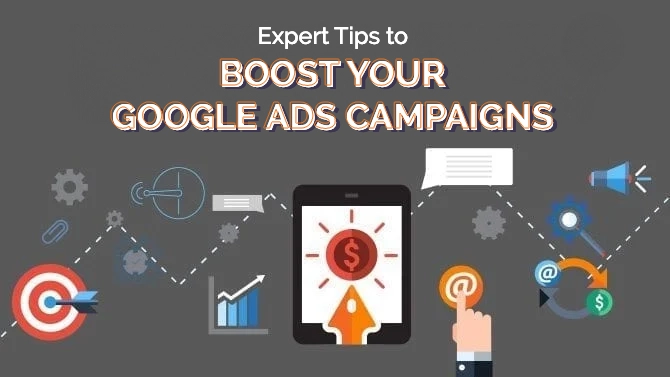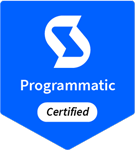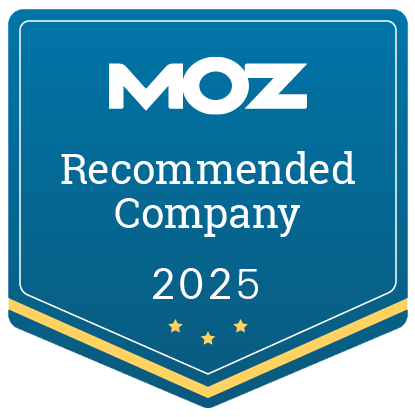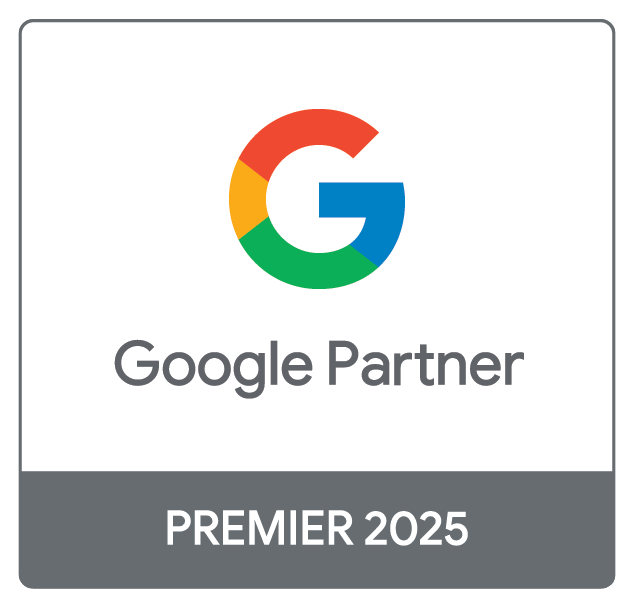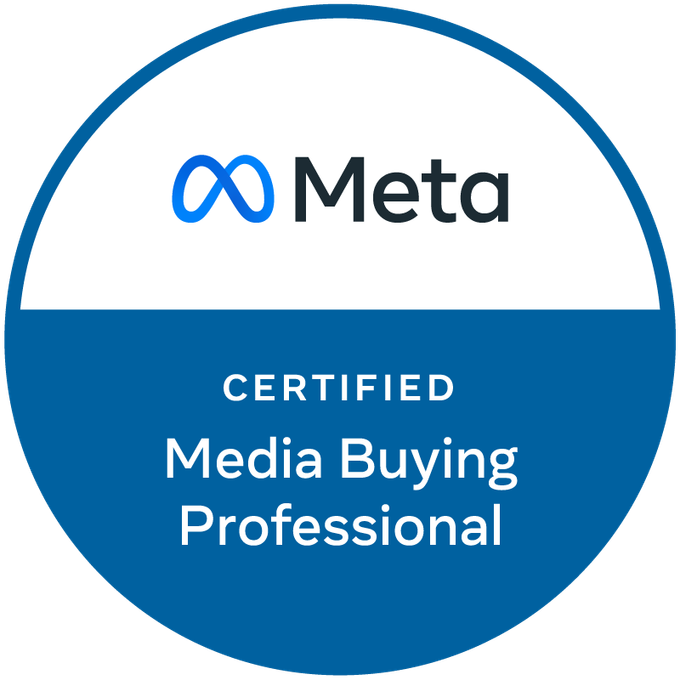5 Expert Tips to Improve Your Google Ads Campaign
You may know the basics of setting up a Google Ads campaign–creating ad groups, selecting target audiences, and conducting keyword research. However, a truly successful campaign requires more than just these foundational steps. To maximize your ROI and increase click-through rates, incorporating strategic optimizations is essential. The following tips will help refine your approach and improve overall campaign performance.
Target the Right Audience with Strategic Keyword Selection
Your keywords determine who sees your ads. Selecting the right ones ensures your campaign reaches the most likely to convert audience.
- Start with Research – Use tools the Google Keyword Planner tool to identify high-performing keywords relevant to your business.
- Focus on Intent – Choose keywords that align with what users are searching for–whether they’re looking to buy, compare, or learn.
- Avoid High Competition – Balance your strategy with long-tail keywords to reduce costs and improve ad relevance.
By selecting keywords strategically, you increase ad relevance, improve Quality Score, and make the most of your ad spend. Keyword selection isn’t a one-time process–ongoing refinement ensures that your campaign stays aligned with search trends and audience behavior.
Why Negative Keywords Are Essential for Success
Negative keywords help filter out searches that don’t align with your business, preventing wasted ad spend. If your ads are appearing for irrelevant searches, your paid media budget might be getting drained by users who have no interest in your product or service.
To improve paid marketing campaign efficiency:
- Identify search terms that generate clicks but don’t convert.
- Add those terms to your negative keyword list to refine targeting.
- Regularly review and update your negative keywords as trends shift.
Using negative keywords effectively ensures that your budget is allocated toward high-value traffic and improves click-through and conversion rates.
Craft Ad Copy That Drives Clicks
Your ad copy is the first interaction potential customers have with your brand, so it needs to grab attention and drive action. A well-crafted ad highlights the benefits of your product or service rather than just listing features. Users want to know how your offering solves their problem, so writing copy that speaks directly to their needs makes all the difference.
To make your ads more effective:
- Use strong calls to action (CTAs) like “Get Started Today” or “Shop Now” to encourage engagement.
- Match search intent by ensuring your ad aligns with what users are looking for.
- Keep it clear and concise – avoid fluff and focus on what matters most to your audience.
Another way to improve performance is by utilizing ad extensions, which provide additional context and make your ads more engaging. Some useful extensions include:
- Sitelinks – Direct users to specific pages like product categories or contact pages
- Call extensions – Allow users to call your business directly from the ad.
- Structured snippets – Highlight key product features or services.
By optimizing your ad copy and enhancing it with relevant ad extensions, you can make your ads more compelling, improve engagement, and increase click-through rates.
Track Performance and Make Data-Driven Adjustments
A successful Google Ads campaign requires ongoing monitoring and optimization. Without regularly assessing performance, you could be wasting ad spend on ineffective keywords, underperforming ad variations, or missed conversion opportunities.
To keep your campaign on track:
- Monitor Key Metrics – Keep an eye on CTR (Click-Through Rate), CPC (Cost-Per-Click), and conversion rates to assess effectiveness.
- Adjust Bids Based Performance – Use device bid adjustments to increase or decrease mobile, desktop, or tablet user bids based on conversion data.
- A/B Test Ads – Experiment with different ad variations, CTAs, and headlines to determine what works best.
- Leverage Automated Bidding – Google’s Smart Bidding strategies dynamically adjust bids in real-time, optimizing for conversions across all devices.
Regular analysis of campaign data allows for strategic refinements that improve performance over time. By continuously adjusting bids, refining targeting, and testing new ad creatives, you ensure that your budget is spent efficiently while maximizing results.
Optimize Landing Pages to Match Ad Promises
A well-optimized landing page is important for turning ad clicks into conversions. When users click on an ad, they expect the landing page to deliver exactly what was promised in the ad copy. If the page is unclear, slow, or irrelevant, visitors are more likely to leave without taking action, leading to wasted ad spend and lost conversions.
To create a landing page that drives results:
- Keep Messaging Consistent – The headline, offer, and CTA on the landing page should directly reflect the ad copy that led users there.
- Simplify Navigation – Reduce distractions and make it easy for visitors to find what they need and complete an action.
- Ensure Fast Load Times – Optimize images, minimize unnecessary scripts, and use a mobile-friendly design to prevent high bounce rates.
An optimized landing page improves conversion and enhances your Google Ads Quality Score, which can lower CPC and improve ad placement. You create a seamless experience that keeps users engaged and encourages action by aligning your ads with relevant, user-friendly landing pages.
Ready to take your Google Ads campaigns to the next level? Contact Zero Gravity Marketing today to develop a data-driven strategy that delivers results.
About the Author

